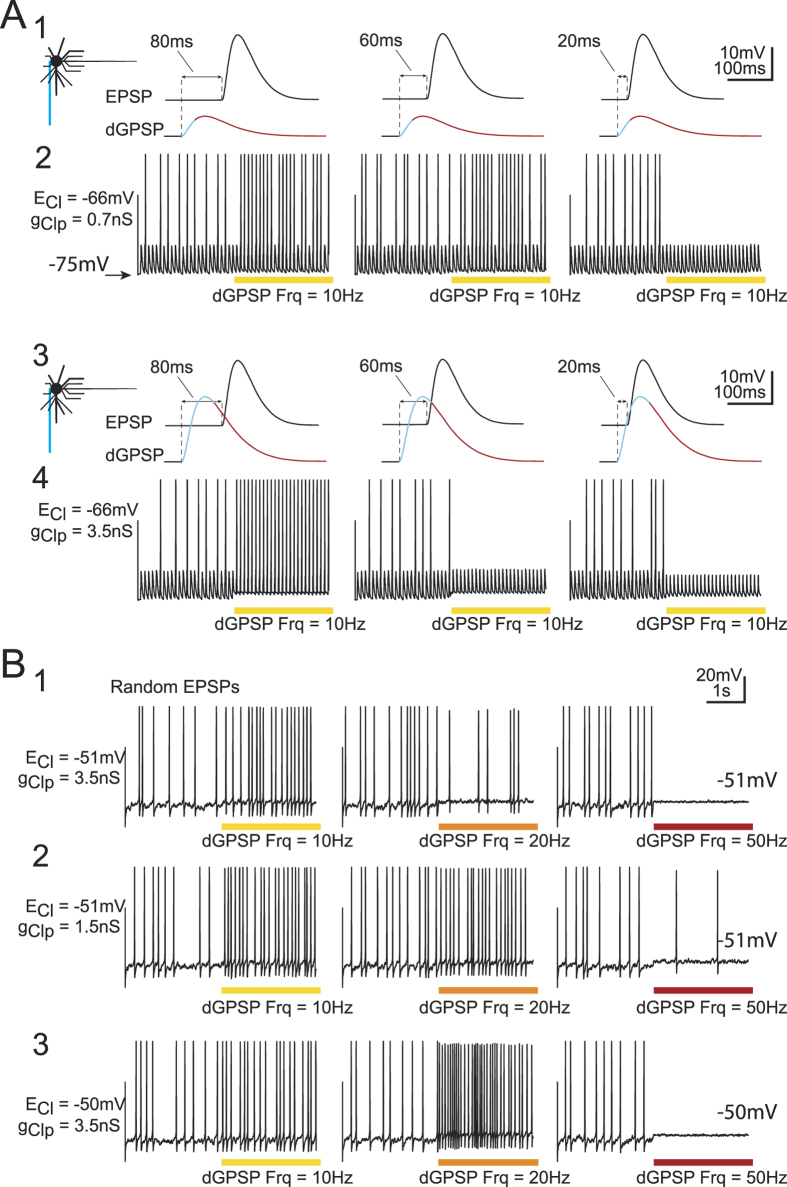Figure 9. Interaction between dGPSP trains and excitatory drive.
(A) Phase-locked dGPSPs/EPSPs at three fixed delays (see top insets) at 10 Hz for gClp = 0.7 nS (A1,A2) and gClp = 3.5 nS (A3,A4). ECl is set to −66 mV in (A). Synaptic noise was added to the model to allow some subthreshold EPSPs to evoke spikes. For large delays (i.e., when EPSP occurs late in the repolarizing phase of the dGPSP), the spike probability is increased, whereas for small delays, an inhibitory effect is observed. The transition from excitation to inhibition is more abrupt when gClp is increased from 0.7 nS (A1,A2) to 3.5 nS (A3,A4). (B) Unsynchronized high rate EPSP barrage for three dGPSP frequencies (10, 20 and 50 Hz) and three ECl/gClp conditions. Random EPSP barrage results in a random spike triggering. When the dGPSP train is switched on at 10 Hz, the spike probability increases (excitatory effect), whereas the 50-Hz dGPSP train is inhibitory. The inhibitory effect is stronger for the large gClp value (3.5 nS, B1) than for the small gClp value (1.5 nS, B2), whereas the switch from an excitatory to inhibitory effect occurs more abruptly for the more depolarized ECl value (ECl = −50 mV, B3).

